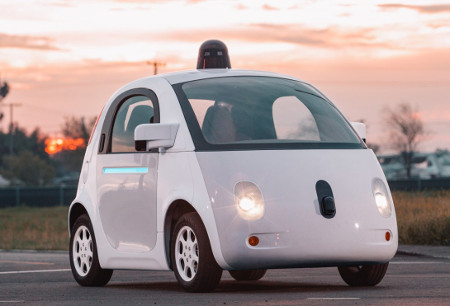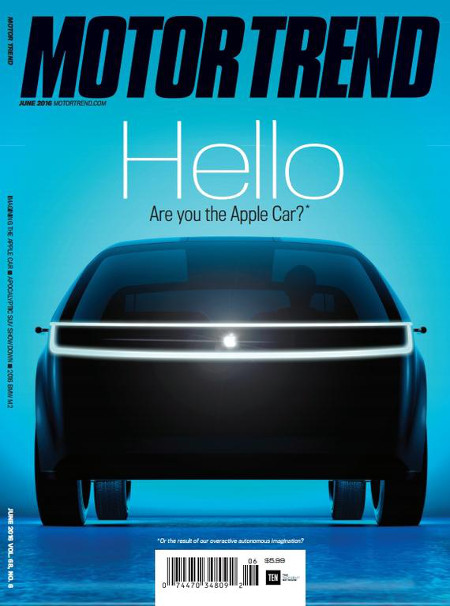By Robert Tate, Automotive Historian and Researcher
Images courtesy of Robert Tate's collection
Posted: 06.13.2016
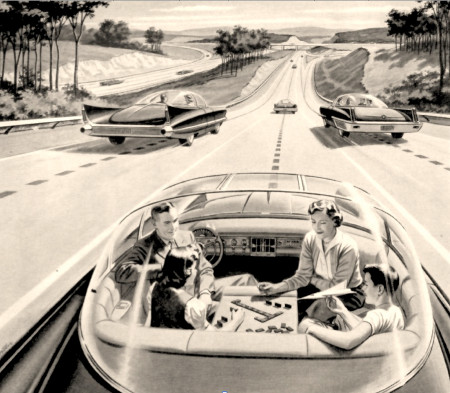
When I was a young kid during the 1960s, I would sometimes watch one of my favorite TV programs called “The Jetsons,” which was about an animated, futuristic cartoon character named George Jetson and his family.
As a young child, I remember wondering whether one day we will really have flying cars and driver-less cars.
This is a story about the history of self-driving vehicles and perhaps what the future will offer with consumers just recently getting a look at the latest and greatest in automotive technology.
The history of driver-less cars goes back to the early days of the 1920s. In 1925, a radio equipment firm called Houdina Radio Control produced a vehicle called the “Linrrican Wonder.” The vehicle was controlled by a transmitting antenna which would receive signals from a vehicle that was directly behind when driving. The model had traveled a short distance in a New York City traffic jam and in that moment, the Linrrican Wonder became one of the very first successful driver-less automobiles in America.
After World War I, many artists and automobile designers were thinking about what the American automobile would look like in the future. Although recent advancements in automotive technology have made driver-less cars more of a reality, the concept is really not a new idea when it comes to the creativity and designs.
Between 1940 and 1950, designers would sometimes experiment with automated vehicle designs. Magazines during that time period, such as “Popular Mechanics” and others, would sometimes feature futuristic vehicles on their cover to illustrate what the future automobile may look like.
In 1953, RCA Laboratories designed a mini car that could be guided by wires positioned on the laboratory floor. The model was later tested with a later version along a highway near Lincoln, Nebraska.
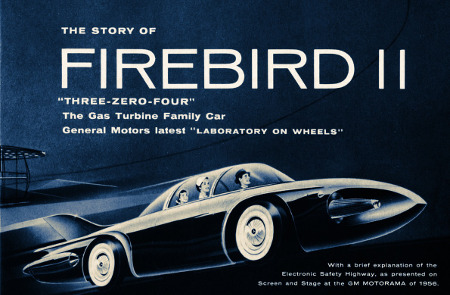
In 1956, General Motors designed a great looking concept model called the Firebird II. The Firebird II concept was a gas Turbine family car, which was called the “Laboratory on wheels.” The Firebird II concept model was equipped with an electronic brain that could actually release the driver from driving. General Motors had created a “Dream Highway” for the Motorama shows in 1956. While on the “Dream Highway” the automobile’s automated system would theoretically take over operation of the vehicle, and then the driver could relax and enjoy conversations with family and friends as the vehicle would drive itself.
In the case of an emergency, all vehicles could automatically slow down and stop if necessary. And in extreme cases, vehicles could automatically be directed to slower speed lanes.
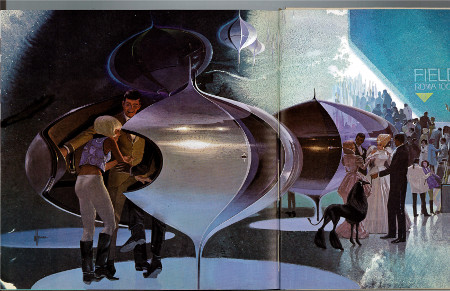
During that period, Americans were looking more toward future progress and space-age technology. They were also looking toward the future in automobile designs and new technology.
During the 1960s, a communication and control system laboratory from Ohio State University began to experiment with self-driving vehicles. Also, later that decade the great and talented designer Syd Mead started to look toward driver-less automobiles with designs and concept illustrations for the United States Steel Corporation during the 1960's.
During the 1980s, a German researcher by the name of Ernst Dickmann had created and started a program called Prometheus. The project involved a Mercedes-Benz model that was available with cameras and sensors located inside the vehicle. The van could be controlled through sensory input computer commands and could reach speeds up to 39 mph.
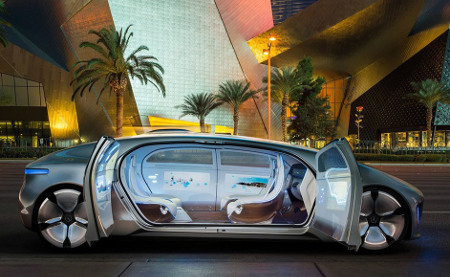
In 2014, Mercedes Benz Corporation had introduced a great looking electronically powered, autonomous vehicle called the F 015 Luxury in Motion concept car. The vehicle was a hybrid electric fuel cell model that could travel around 680 miles with zero emission along with other advantages as well.
The driver and its passengers could check their email or work on company business or take a pleasant drive in the country with those great family members or friends. The vehicle offered a gesture-control and eye-tracking technology to activate the electronic system for that great driving pleasure. This visionary research model was developed for future luxury and comfort which provided a new level of transportation for the automotive consumer.
Today, as federal officials finalize guidelines for driver-less vehicles, Google and Apple are also experimenting with the latest technology and innovative ideas to introduce autonomous cars to the automotive consumer market for the future.
